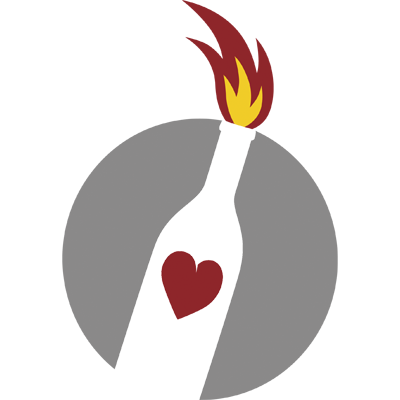Another month, another bunch of problems with my internet provider. Without any apparent reason – bills are paid on time, cables look fine – the service gets suspended. This seems to happen every couple of weeks, and as much as it gets on my nerves, I was wondering these days about whether there wasn’t some beauty, even a commercial potential to it.
Let’s just imagine if all providers out there would cut our internet access from time to time. In total irregularity, you are sent on a trip to this strange country called Outloggistan, far away from all your favorite websites and computer clouds: On Monday, you are fine, but then, Tuesday at 9am, the web is down. They take you by surprise, and you don’t know when it will return: Maybe within a few hours, but more likely only after a couple of days.
Suddenly, you are free. You are free to leave your house, your office – ideally you don’t own a laptop, so you leave your computer at your desk -, free to take a stroll and look around, with nothing but a paper notebook and a fountain pen on you, maybe a camera, if you own one and happen to be interested in photography.
You have the time to speak to your neighbors, because you’re not missing anything on Twitter, Facebook, your email inbox. (Or maybe you are, but you just don’t know, can’t know, won’t know.) If you’re lucky, cellphone companies will join the good example of your ISP, and there will be no signal for you. You aren’t able to call your boss, your friends, your colleagues, you cannot schedule anything, not even a meeting to put the free time to “good use”.
Relaxation (And Offline Productivity)
You see a burrito vendor, and mentally trade off the possibilities of catching salmonellae against enjoying a relaxed and hearty breakfast like you didn’t have one in months. You observe a beautiful girl in a yellow skirt, diving into the morning light that floods around the walls of the corner shop. You are free to sit down for coffee, instead of taking it with you as you rush through the city, and you are free to take a nap on the rotting wooden banks on that tiny plaza you only used to know from your breathless walks, crossing it on your way to “more important” events.
Without any stress at all, you are free to take out your notebook, your pencil, and start doing your work, start outlining a new post, start bringing new thoughts to life, creating a whole new world just by writing about it. You may also start to doodle, scribble, or you may use that camera and start taking pictures with all the time in the world. Nobody rushes you anymore as you start diving into your creative craftwork.
Starting. The magic of getting started. That’s what the internet is making so incredibly difficult. Because there’s always something else to read, something else to open, something else to download, to click on, to install and to look at, to sign up for, to wonder about, all the time. (There, a new email! What might it be? Oh, just another of these boring mailing list announcements. You wanted to get rid of that subscription months ago already. But wait, there’s this friend of yours on that list, and he needs to be contacted because of what John said, the other day. You should call him right away!…)
Nested Distractions (And How To Avoid Them)
The trouble with the internet is that one distraction leads to another. Within seconds, they become nested, interlaced, impossible to separate: The web invites our brains to hyperlink. We only wanted to check that word in the online dictionary, but then we see that ad and it triggers a memory, we rapidly open that website in a new tab, post the link on Twitter, and – boom. We’re lost.
To some extent, this hyperlink structure is exactly what we are looking for in our creative ventures: We want to access information from different parts of our brains, we want to connect these pieces, glue them together in order to create something bigger, getting our work done. Paradoxically, the same trait that helps us doing these things is also the one that makes it more and more difficult. It’s only a thin red line we have to cross to leave the sanctuary of inspired productivity and enter the war zone of overwhelming distractedness.
That’s why diconnecting from time to time is so powerful. The thin red line disappears, as does distractedness. There are tools available that will block your computer for some minutes each hour – and once you activate them, you are not able to turn them off anymore. They force you to take a small break each hour, or at least to dedicate these minutes to some activity away from your screen. The alternative? Imagine a telco offering a complete service package with at least five days of guaranteed downtime each month. For the same price of a normal 24/7/365 connection, you could get all the power of the web plus a couple of weeks in Outloggistan. Wouldn’t that be worth your money?
Illustration based on a photo (cc) BY Irene2005.

Comments 11